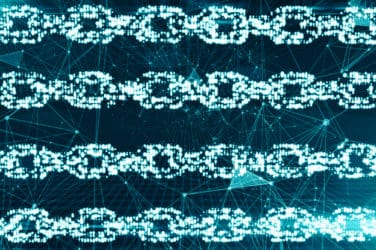
The Warsaw Stock Exchange (WSE) is continuing in its quest to attract liquidity as it looks to entice traders from the more sophisticated western markets.
The Polish bourse is one of the biggest in emerging central and eastern Europe and has been busy implementing a raft of measures to ensure rapid growth in a bid to rival venues such as its near neighbor, the larger Moscow Exchange in Russia.
After signing a long-term co-operation agreement with stock exchange operator NYSE Euronext in 2010, it has begun a process of overhauling its trading infrastructure. Last month, the WSE said it was to launch a new trading platform provided by NYSE Euronext called the Universal Trading Platform, which will go live in November, aimed at facilitating easier access for foreign investors.
“For a medium-sized exchange like ours, it is important to implement solutions that are known by international investors,” said Izabela Olszewska, director of market development at WSE.
Ignoring the concerns of European regulators over high-frequency trading, the WSE hopes to encourage new categories of traders such as prop shops, algo traders and high-frequency traders to the venue in a bid to drive derivatives trading.
And in its latest announcement, the WSE is offering access to its market data service through the suite of market data products and services of NYSE Technologies, the technology division of NYSE Euronext. The WSE’s market data feed will now be more accessible internationally, especially to smaller vendors, who are not currently connected to the WSE’s data feed.
“In 2010 we agreed with NYSE Euronext to embark on a common journey for technological cooperation, as well as common business initiatives, and we are very pleased with the results of our strategic alliance,” said Ludwik Sobolewski, president and chief executive of the WSE. “This project supports the international strategy of the WSE and, in the coming years, we will be firmly tied to the trends shaping the evolution of the global capital markets.”
Many investors are already wise to the attractions on offer at the WSE. Poland has been surprisingly resilient in the face of the financial crisis and ongoing eurozone crisis and its economy has grown 15.7% between 2008 and 2011. This is compared to a European Union average of -0.5% for the same period. The European Commission expects growth to hit 2.7% for Poland this year, while the WSE now accounts for over half of central Europe’s share trading volume.
“Poland is already an open market in terms of access and you can become remote member of the exchange; a number of London-based banks are remote members so you are seeing the Warsaw Stock Exchange opening up,” one London-based market source told Markets Media.
“The link-up with NYSE Euronext is going well and they are beginning to look at co-location, which will open the market up further.”
The WSE has also been on a drive to attract listings to its main and alternative markets. NewConnect, the WSE’s exchange for smaller companies to list on, attracted its 400th listing in less than five years since its inception. While the main market attracted 31 IPOs in 2011, up from 26 in 2010, with a total value of €2bn, second only to the London Stock Exchange which had 39 IPOs with a deal value of €13bn. However, this rapid growth, especially on NewConnect, has caused some problems and the WSE is taking steps to ensure more transparency, safety and reliability of trading.
“The NewConnect market created almost five years ago has clearly made a success and today inspires other big exchanges around the world to develop similar trading platforms,” said Sobolewski at the WSE.
“However, this does not mean that we rest on the laurels or see no need to improve and enhance the quality of the market. Now that we have diagnosed the market based on compiled information, we see a need to implement another series of specific, precisely tailored and designed regulatory measures.
“The modifications aim to improve the safety of NewConnect by making it more transparent and preventing careless, dishonest or unreliable market participants from posing a risk to investors.”






